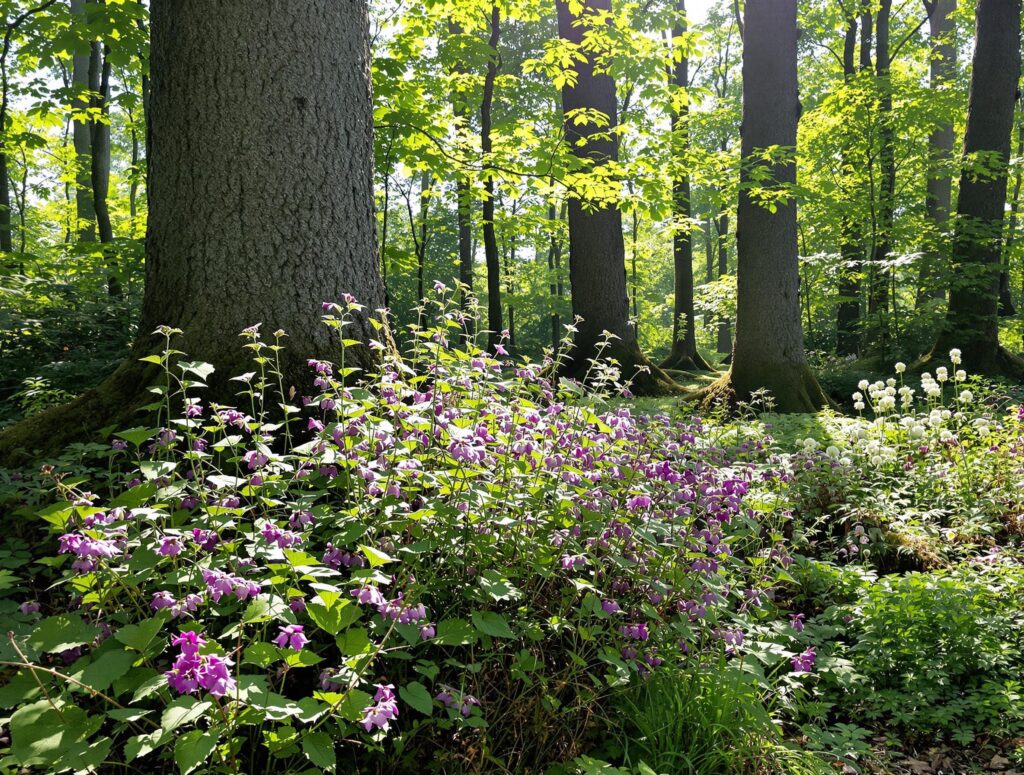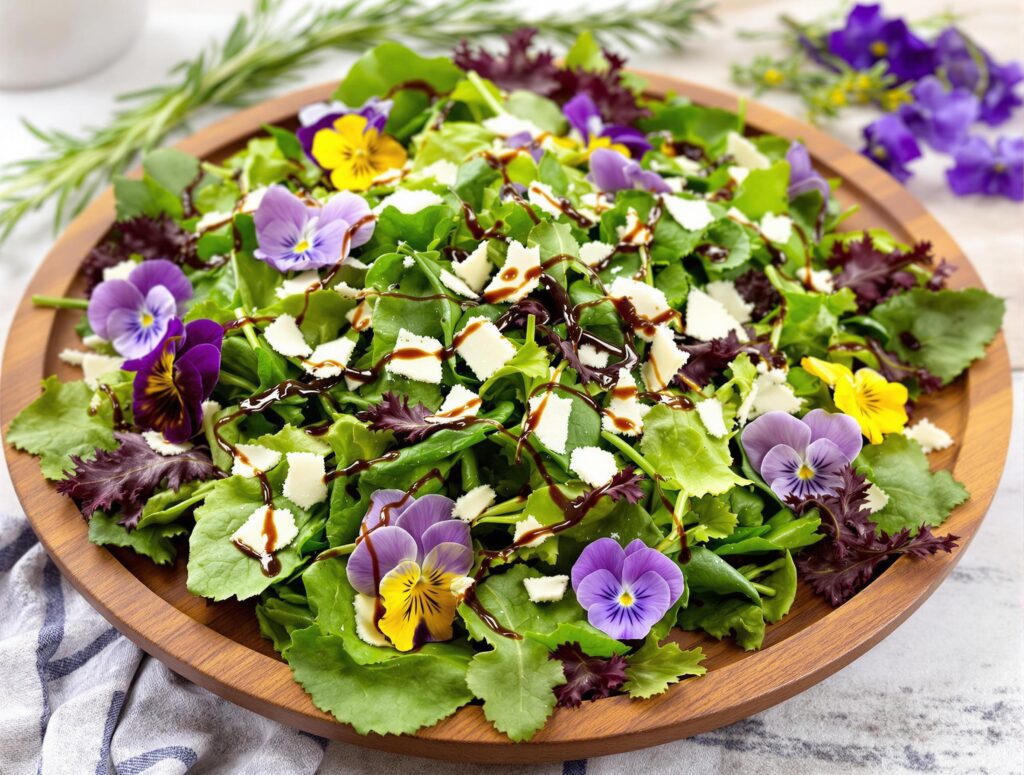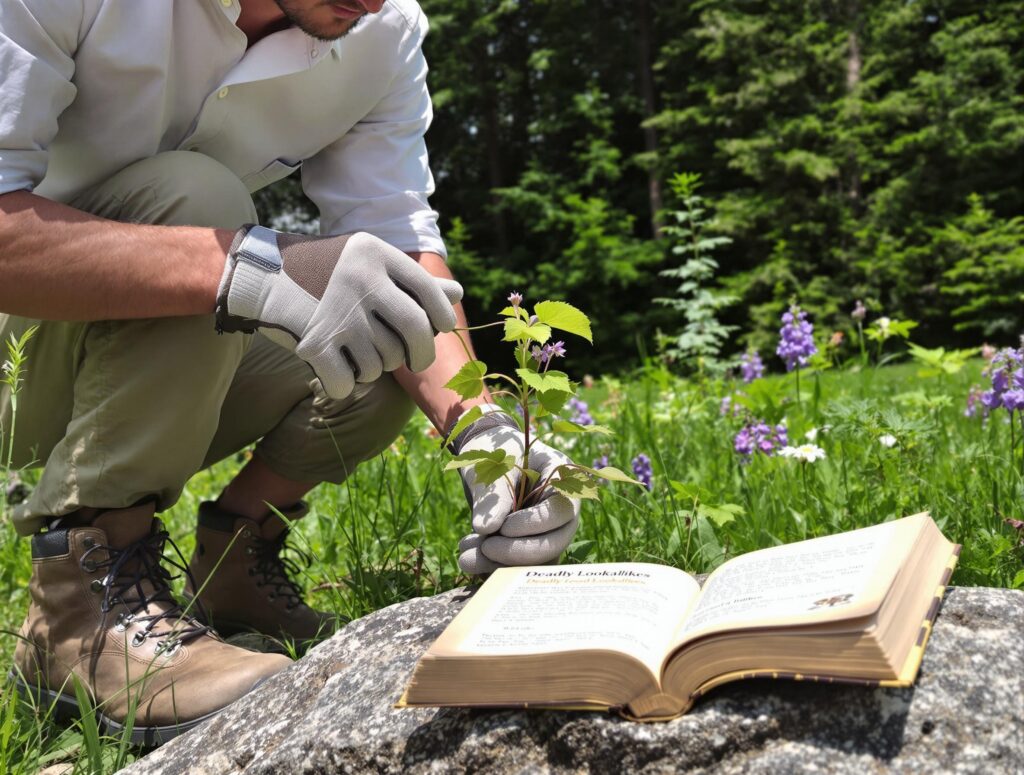
Introduction
Purple Dead Nettle (Lamium purpureum) is a versatile and often overlooked herbaceous plant that offers a wealth of benefits for both culinary enthusiasts and herbalists. Known for its vibrant purple hues and delicate flowers, this plant is a treasure trove of nutrients and medicinal properties. As spring arrives, foragers eagerly seek out this humble weed to incorporate into their dishes and remedies.
Botanical Description
Purple Dead Nettle, also known as red dead-nettle or purple archangel, is an annual plant native to Eurasia but also found in North America. It belongs to the mint family, Lamiaceae, but lacks the characteristic mint aroma. The plant is easily recognized by its square stems, which grow to heights of 5–20 centimeters, and its fuzzy, heart-shaped leaves that turn purple towards the top. The bright red-purple flowers are a distinctive feature, blooming throughout the year in mild climates. For a detailed taxonomical classification, refer to the Lamium purpureum Wikipedia page.
This plant is often confused with henbit dead-nettle (Lamium amplexicaule), which has similar leaves and flowers. However, purple dead nettle can be distinguished by its petiolate leaves, whereas henbit has sessile leaves. Despite its name, purple dead nettle does not sting like true nettles, as it belongs to a different family.
Habitat and Distribution

Purple Dead Nettle thrives in a variety of environments, preferring full sun or light shade and moist, fertile soil. It is commonly found in lawns, along roadsides, in gardens, and meadows. The plant is highly adaptable and can tolerate both sandy and clay soils. Its ability to grow rapidly during the cool weather of spring makes it a common sight in many regions. For more information on its growth habits and control measures, visit the Purple Dead Nettle Gardening Guide.
The plant’s distribution spans Europe, Asia, and North America, where it is often considered a common garden weed. Its resilience and ability to self-seed contribute to its widespread presence.
Culinary Uses

Purple Dead Nettle is not only visually appealing but also edible. The young leaves and purple tops are particularly tasty and can be used in various culinary applications:
- Salads: The leaves can be tossed into salads for a mild, slightly sweet flavor.
- Stir-fries: Add the leaves to stir-fries for a nutritious boost.
- Wild Greens Pesto: Combine purple dead nettle with other foraged greens like chickweed and dandelion to create a unique pesto.
- Crystallized Flowers: The flowers can be crystallized using sugar and egg white for a decorative and edible garnish.
The plant is rich in vitamins, minerals, and antioxidants, making it a valuable addition to any diet.
Medicinal Properties
Purple Dead Nettle has a long history of use in traditional medicine and continues to be valued for its healing properties. Some of the key medicinal benefits include:
- Anti-inflammatory Effects: The plant contains compounds that help reduce inflammation.
- Skin Care: A salve made from purple dead nettle can soothe irritated, itchy, or sore skin.
- Antioxidant Properties: Studies have shown that the plant possesses strong antioxidant effects, which can support overall health.
For more insights into the herbal uses of purple dead nettle, explore the Purple Dead Nettle Herbal Uses resource.
Ecological Role

Purple Dead Nettle plays a crucial role in supporting local ecosystems. Its early flowering provides a vital source of nectar for pollinators, particularly bees, during times when other food sources are scarce. The plant’s ability to thrive in various environments makes it a valuable contributor to biodiversity.
Cultivation and Harvesting

Growing purple dead nettle is relatively easy, and it can be cultivated in most garden settings. Here are some tips for successful cultivation and harvesting:
- Soil Preparation: Ensure the soil is well-draining and rich in organic matter.
- Planting: Sow seeds in early spring or late summer.
- Watering: Keep the soil consistently moist but avoid waterlogging.
- Harvesting: Gather leaves and flowers in the morning when they are most potent.
- Preservation: Dry the leaves and flowers for later use in teas or culinary dishes.
Potential Risks and Precautions

While purple dead nettle is generally safe, it is essential to be aware of potential risks:
- Allergic Reactions: Some individuals may experience allergic reactions when consuming or handling the plant.
- Misidentification: Ensure proper identification to avoid confusion with toxic plants.
- Herbicide Contamination: Since it is often considered a weed, ensure that the plant has not been sprayed with herbicides before harvesting.
Cultural and Historical Significance
Purple Dead Nettle has been used in traditional medicine and folklore for centuries. Its mention in historical texts and herbal remedies highlights its significance in various cultures. The plant’s symbolism and historical references add depth to its modern-day uses.
Conservation and Sustainability
Sustainable harvesting practices are crucial to ensure the continued availability of purple dead nettle. Conservation efforts focus on preserving its natural habitats and promoting responsible foraging techniques. By protecting this plant, we support the ecosystems that rely on it.
FAQs
- Is Purple Dead Nettle safe to eat?
- Yes, it is edible and commonly used in salads and stir-fries.
- How do I identify Purple Dead Nettle?
- Look for square stems, fuzzy leaves, and purple tops with small pink flowers.
- Can Purple Dead Nettle be used for medicinal purposes?
- Yes, it has been used in herbal remedies for skin irritations and as an anti-inflammatory.
- Is Purple Dead Nettle invasive?
- It can be invasive in some regions but is generally considered a beneficial weed.
- How do I control Purple Dead Nettle in my garden?
- Regular mowing and manual removal can help control its spread.
Conclusion
Purple Dead Nettle is a versatile and beneficial plant that offers numerous culinary and medicinal uses. By incorporating this humble weed into our diets and remedies, we can harness its nutritional and healing properties. As spring arrives, take the opportunity to forage for purple dead nettle and discover its many benefits for yourself.
This article provides a comprehensive guide to foraging, using, and appreciating purple dead nettle. Whether you are a seasoned forager or a curious beginner, this plant offers a wealth of opportunities to connect with nature and enhance your well-being.